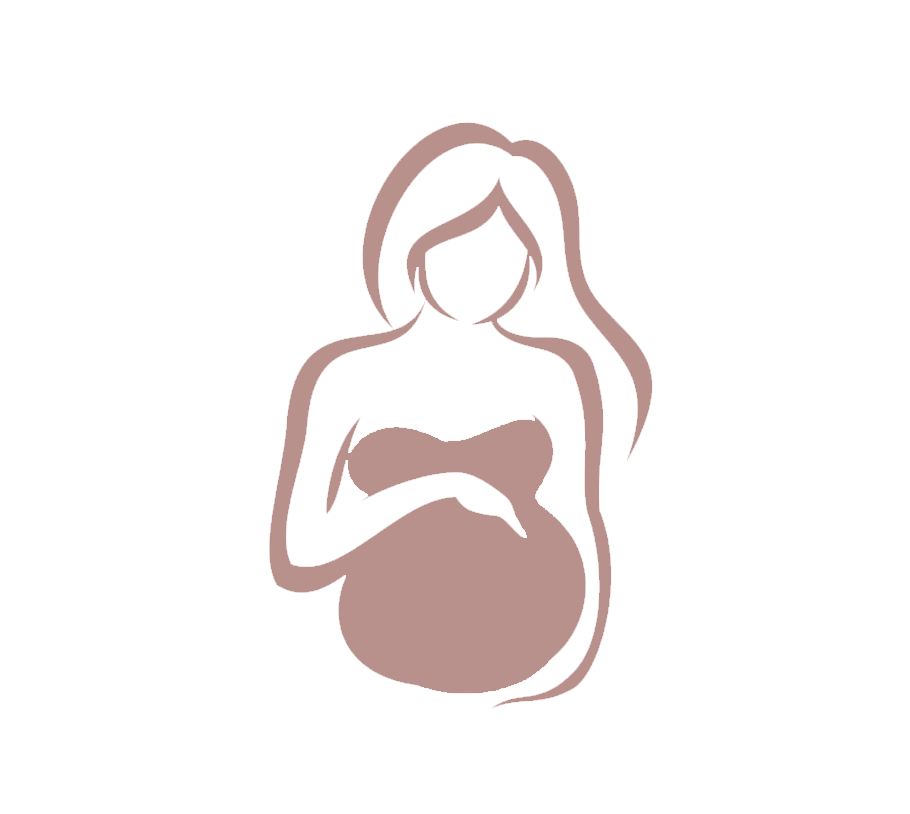Let’s Talk Labor Shakes
Or as us birth workers call them, “labor quakes.”
Whether you have a vaginal birth, an epidural, or a c-section, chances are you will experience this phenomenon.
It's just another one of those totally normal, but crazy side effects that no one tells you beforehand. Not every birthing person experiences it, but when you do there’s no mistaking it.
Uncontrollable shaking, sometimes teeth chattering, body clenching; some clients have described it a feeling of vibrating from the inside. You can thank your hormones for this one and it’s a great sign that your body is releasing all the good hormones that have now kicked into high gear.
This is a very common in the transition stage of labor (8-10 cm) and can last even after the birth. Sometimes medications and anesthesia, which may be used during labor, can also cause the body to shake, as well as IV fluids as they are colder than your body temperature. Later in labor, the stress hormone of adrenaline plays an important role in helping you become very strong and energized in order to push your baby out. As your body gets closer to pushing, your adrenaline spikes dramatically.
Here are some things that I have found to be helpful when experiencing the birth quakes:
Stick out your tongue as far as you can
Stick out your tongue and gently bite down on it
If you try and fight the shakes it makes it worse instead, try shaking it out
Have someone place their hands on your legs and arms or massage you with some lavender oil
Add hot packs to the bottom of your feet inside your socks
Stay warm: have a warm heating pad or blanket handy. Tell your support people if you feel shaky during an epidural or c-section so they can bring you warm blankets to make sure you are warm enough
If shaking post-birth, do skin-to-skin contact: this isn’t just good for baby, but it also helps you reduce stress hormones and boost the love hormone, oxytocin, which can help with body temperature and regulate you both
Get into a warm bath or shower: warm water feels great and can help reduce the stress hormones that contribute to shaking
Get some privacy, rest, and support: these are all factors that play an important part in helping the release of oxytocin rather than adrenaline.

